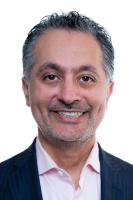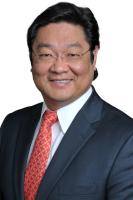Fraxel® & Chemical Peels
Overview
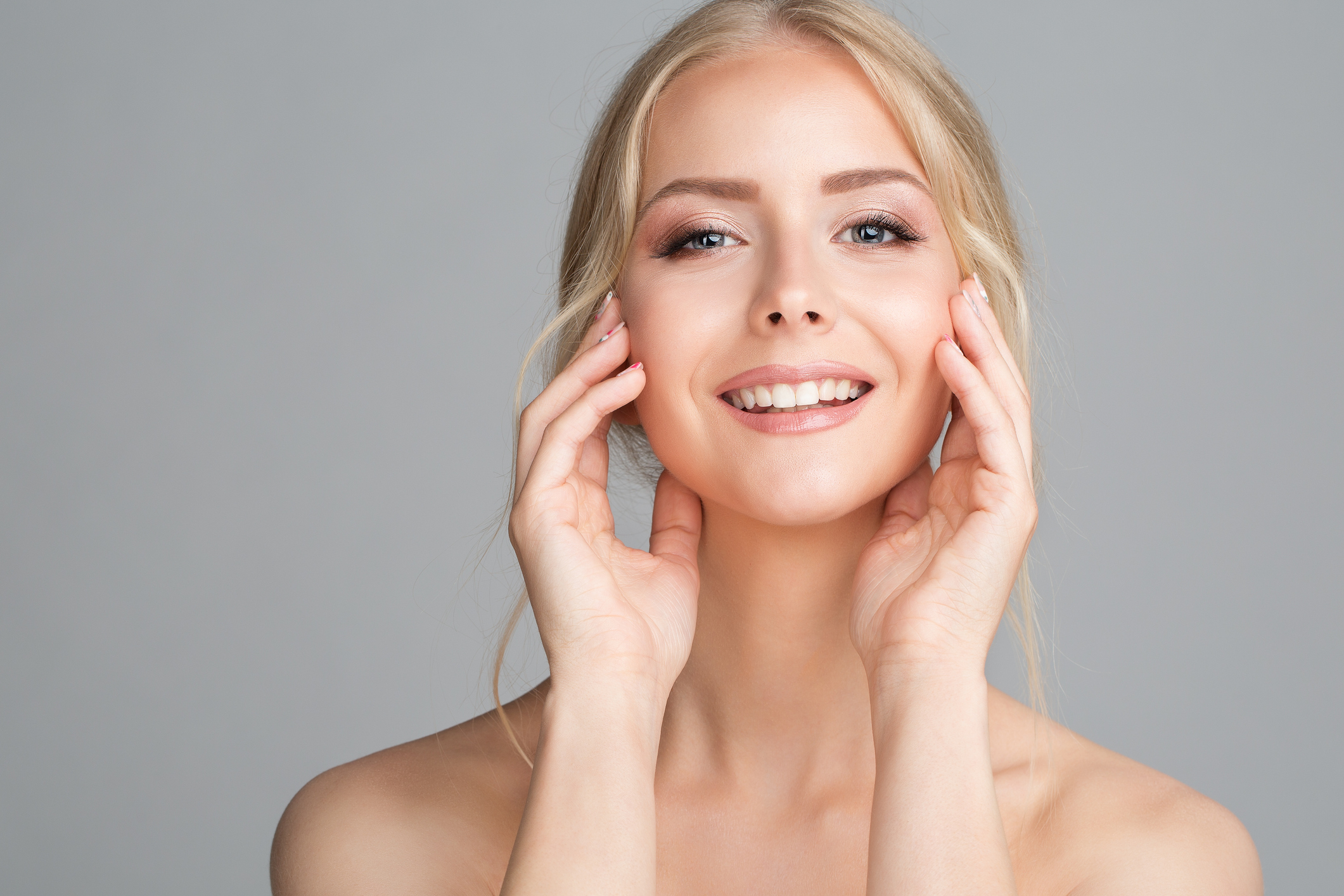 Skin resurfacing is a procedure that removes the top layer of skin to allow the fresh, healthier, and smoother layer of skin underneath to become the new surface. There are a variety of skin resurfacing procedures that can improve fine lines or wrinkles, scars, acne scars, and brown spots (also called age spots or sun spots). After skin resurfacing, your skin will be soft and smooth.
Skin resurfacing is a procedure that removes the top layer of skin to allow the fresh, healthier, and smoother layer of skin underneath to become the new surface. There are a variety of skin resurfacing procedures that can improve fine lines or wrinkles, scars, acne scars, and brown spots (also called age spots or sun spots). After skin resurfacing, your skin will be soft and smooth.
Some patients are confused about what skin resurfacing can do. There are three kinds of wrinkles and skin folds, and each type requires a different treatment. The first are the kinds of wrinkles caused by gravity and loss of volume in the skin. In this case, the skin loosens and stretches, causing lines around the mouth such as marionette lines, folds of skin on the neck, and jowls. Skin resurfacing does not treat these signs of aging. They are best treated by dermal fillers such as Juvéderm Voluma® or facial surgery like a face and neck lift.
The second type of wrinkle is caused by repeated muscle movement, such as crow’s feet, frown lines between the brows, and some lines around the mouth. Botox® Cosmetic is the best non-surgical solution for these types of wrinkles because it reduces the muscle motion. Surgery can also often resolve these types of wrinkles.
The third type of wrinkle consists of the fine lines on the surface of the skin due to sun exposure, weathering, and aging. They are not caused by muscle movement, and lifting this skin in a face lift will only move the wrinkles, not smooth them. This third type of wrinkle is what skin resurfacing treatments address. Think of it like grime that builds up on a wall. In order to get rid of the grime, you have to scrub the wall. Moving the wall or spackling it will not get rid of the grime. These kinds of wrinkles are similar to that grime – you have to remove the top layer of the skin in order to get rid of where the wrinkles reside. The new, unaffected skin cells below the top layer will not have as many lines and wrinkles.
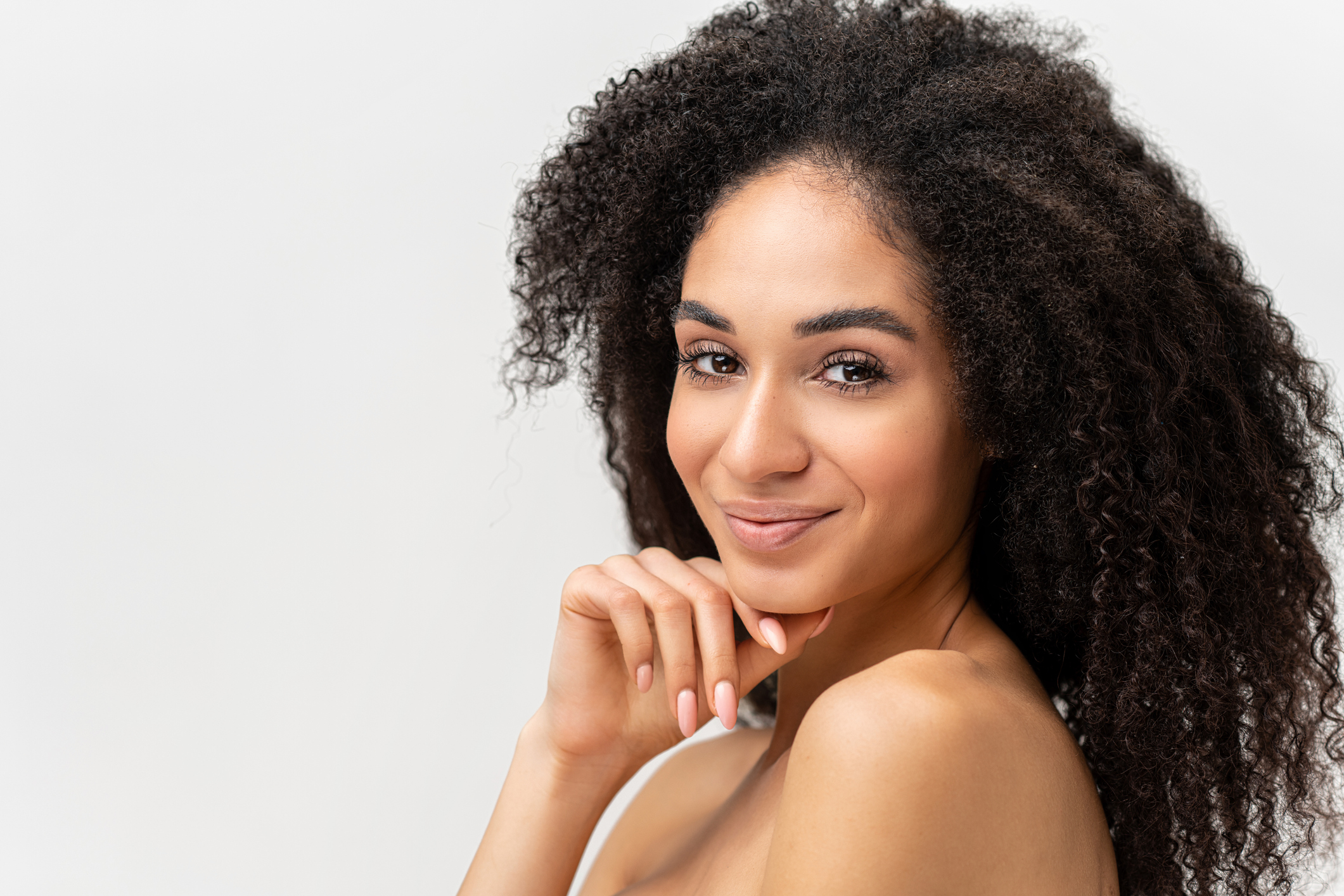 At Summit Health, our surgeons perform all of these procedures except for Microdermabrasion, which is done by one of our licensed medical aestheticians. Chemical peels, laser skin resurfacing, and dermabrasion should all be done by a plastic surgeon with a thorough knowledge of the anatomy and how these treatments work on the skin.
At Summit Health, our surgeons perform all of these procedures except for Microdermabrasion, which is done by one of our licensed medical aestheticians. Chemical peels, laser skin resurfacing, and dermabrasion should all be done by a plastic surgeon with a thorough knowledge of the anatomy and how these treatments work on the skin.
The results of all skin resurfacing treatments are permanent. Once you take five years of aging off the skin, it will take a long time for that amount of damage to build up again. When and if you develop enough wrinkles to have a subsequent treatment, it can be done. Ideally, you will never have to have an intense skin resurfacing procedure again, as you will take great care of your skin, use sunscreen, and have regular facials and microdermabrasion treatments to maintain the youthfulness of your skin.
Ready to get started?
Your Skin Resurfacing Consultation at Summit Health
When you meet with us for your skin rejuvenation consultation, we will have an honest discussion about your desires, expectations, and concerns, as well as the limits and risks of the procedures. We will review your medical history and recommend options that can best help you achieve your goals. We will give you thorough written instructions to prepare for your surgery and will answer any questions you have.
At Summit Health, the patient experience is of primary importance to us. We customize every single procedure we do so that it is tailored to what is best for you and you alone. We will recommend the skin resurfacing procedure that we believe will give you the results you want, but there are other considerations, such as the amount of downtime you are willing to endure. Some skin resurfacing methods are more intense than others. They provide a remarkable result, even reducing numerous lines and wrinkles or eliminating deep scars and brown spots. However, the more intense and effective the procedure, the longer the recovery period. All of these factors should be considered before deciding on which procedure is best for you.
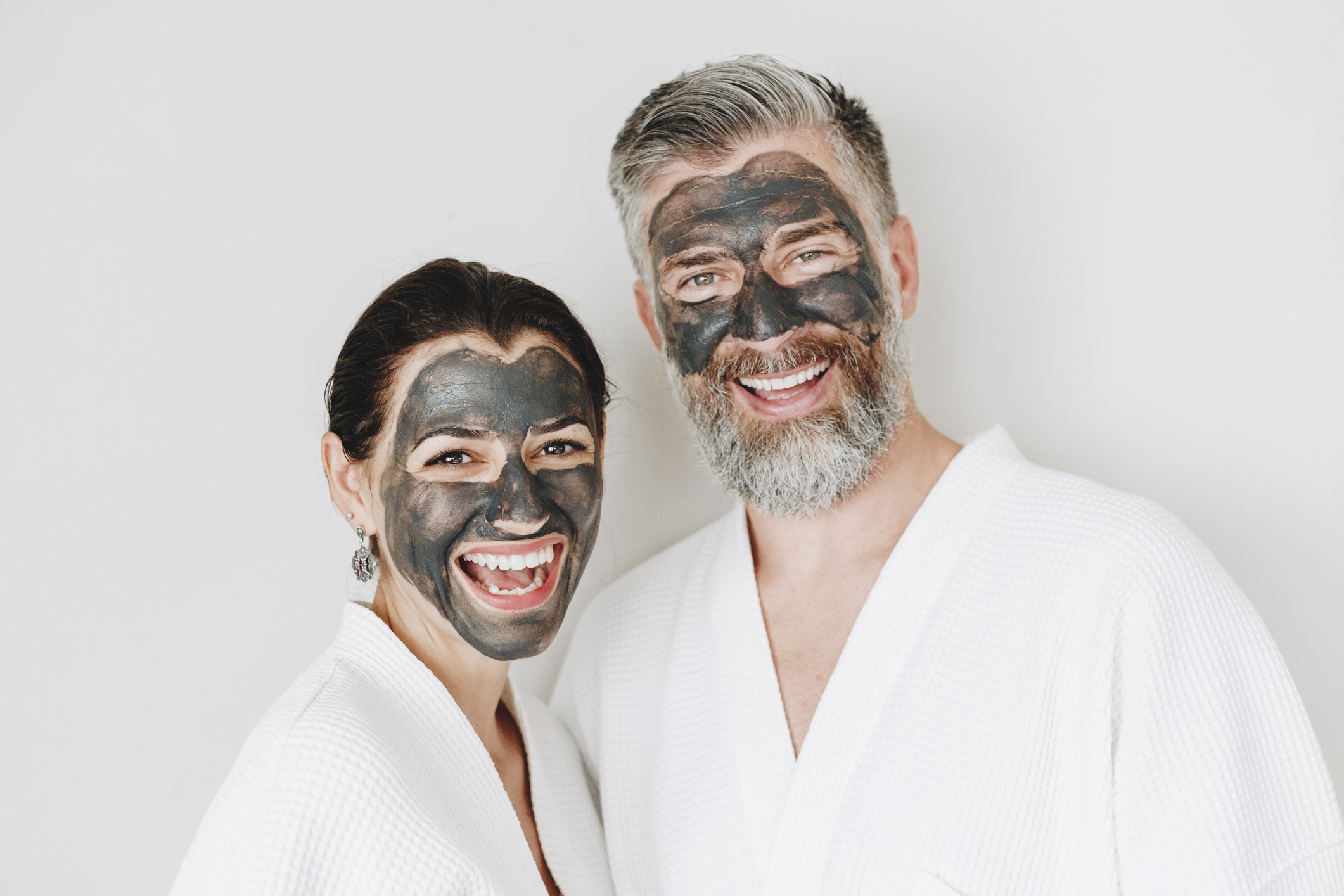 When you make an appointment for a skin resurfacing consultation, we will discuss non-surgical solutions with you. If you think you might be interested in plastic surgery, please let us know when you call so that we can schedule a longer consultation with you to fill you in on all possible options to help you reach your goals for your appearance.
When you make an appointment for a skin resurfacing consultation, we will discuss non-surgical solutions with you. If you think you might be interested in plastic surgery, please let us know when you call so that we can schedule a longer consultation with you to fill you in on all possible options to help you reach your goals for your appearance.
If you have a history of cold sores or fever blisters, please let us know during your consultation. These sores can reactivate during skin resurfacing treatments and spread through the treated area. While you are still a candidate for skin resurfacing, we provide you with special medication prior to your appointment to prevent reactivation of cold sores.
Types of Skin Resurfacing
The skin resurfacing methods we offer are listed in order of intensity, with the least intense procedure first. Before your procedure, your surgeon may prescribe special creams, lotions, or gels to prepare your skin for treatment.
Microdermabrasion. As microdermabrasion is the least intense of the skin resurfacing techniques we offer, it is performed by one of our licensed medical aestheticians [link to aesthetician services page]. This procedure is great for young people with few signs of aging or sun damage, as it serves to prevent lines and wrinkles from forming. Otherwise, it is usually used as a maintenance treatment for those who have had one of the other types of skin resurfacing or facial surgery. After these more extensive procedures, microdermabrasion can help patients maintain their results.
Chemical Peels. A chemical peel involves a compound – typically an acid – that safely burns off the outer damaged layer of skin. Chemical peels come in a variety of strengths. When we meet you for your consultation, we carefully evaluate your skin to determine which strength of peel will be best for you. The experience of your plastic surgeon is critical in determining the best type of peel for your skin, and it is extremely dependent upon a thorough in-person examination. No one should ever suggest a peel type or strength to you without a physical evaluation.
Lighter peels provide a faster recovery, but there is less removal of damaged skin. This means that the results are not as significant. Light peels work best on those with wrinkles, scars, or dark spots that are not deep.
Deeper peels require a longer recovery time, during which there is redness and peeling of the skin. The results, however, are significant with a substantial improvement of lines and wrinkles, deep scars, and deep pigmentation.
Laser Skin Resurfacing. We have several different types of lasers that we use for skin resurfacing, but our favorite tool is the Fraxel Dual, which has become the gold standard for laser skin resurfacing. It is very effective for improving brown spots, fine wrinkle patterns, and acne scars. One of the main advantages of Fraxel lasers is that they target only the damaged skin and leave the surrounding skin cells intact.
Most patients need to have multiple laser treatments one month apart. For brown spots, most patients require 2 treatments; for fine wrinkles, 3 to 4 treatments are usually sufficient; and for acne scars, most patients require 5 to 10 treatments.
Laser skin resurfacing is not suitable for people with darker skin, including olive, suntanned, or black skin. This limit is because the procedure causes lightened areas that often need 6 to 9 months to return to their normal color (or pigmentation). People who are prone to scarring, have psoriasis or related conditions, or who take certain medications also may not be good candidates for the procedure.
To ensure your comfort, topical anesthesia, local anesthesia, or intravenous sedation is used during laser skin resurfacing. If you are going to receive treatment for deep layers of your skin, you might be given a general anesthetic. The anesthesia you receive is based on the type of laser and level of treatment required.
During the procedure, the laser is directed precisely over the treatment area and repeated as necessary. Superficial and deep layers of skin are targeted to remove old skin and generate the growth of new skin. Many patients say the laser feels like a rubber band that is snapped against the skin.
Laser skin resurfacing can last a few minutes to 2 hours, depending on the amount of resurfacing you need.
Dermabrasion. This is one of the oldest tools that surgeons have for removing wrinkles. It is also considered the strongest, which is why it is vital that a plastic surgeon perform the procedure. Without the proper experience, a patient could experience scarring.
During dermabrasion, a handheld device is used to “refinish” the skin. It removes more of the top layer of skin cells than any of the other types of skin resurfacing, so the recovery time is longer. We reserve this treatment for the worst areas, such as deep scars from injuries or prior surgeries, smoker’s lines around the mouth, and people for whom lasers and peels will not be effective.
Recovering from Skin Resurfacing
Microdermabrasion Recovery. No downtime is required after microdermabrasion; you can go back to work immediately after your treatment. You may experience some mild redness and irritation for a couple of days, but if you moisturize your skin per our instructions, you will heal quickly. You can also cover any redness with makeup.
Chemical Peels Recovery. The recovery time required after your chemical peel will depend on its strength. After a light peel, you will experience 1 to 2 days of redness. After a very deep peel, you will experience at least 10 days of redness and peeling, after which your skin will maintain a slight pink tone for a period of months. Moderate peels will result in redness from 2 to 8 days depending on the type of peel you receive.
Laser Skin Resurfacing Recovery. A dressing or bandage may be needed to protect the treated area. You may experience some swelling and mild discomfort that will resolve within a few days. There is rarely any bleeding after the procedure, but your skin may develop a red, crusty appearance that can last up to 10 days. To prevent scars, do not peel the crusty skin, but let it slough off on its own. As new skin grows, it will probably look bright pink and slightly shiny for several weeks. When the healing process is complete, you will have a smooth and glowing layer of skin.
Dermabrasion Recovery. For about two weeks after your treatment, your skin will look as though you suffered a severe sunburn with redness and peeling. For a few months, your skin will remain slightly pink, but you can conceal this with makeup. The quality of the skin’s surface will be soft and smooth.





